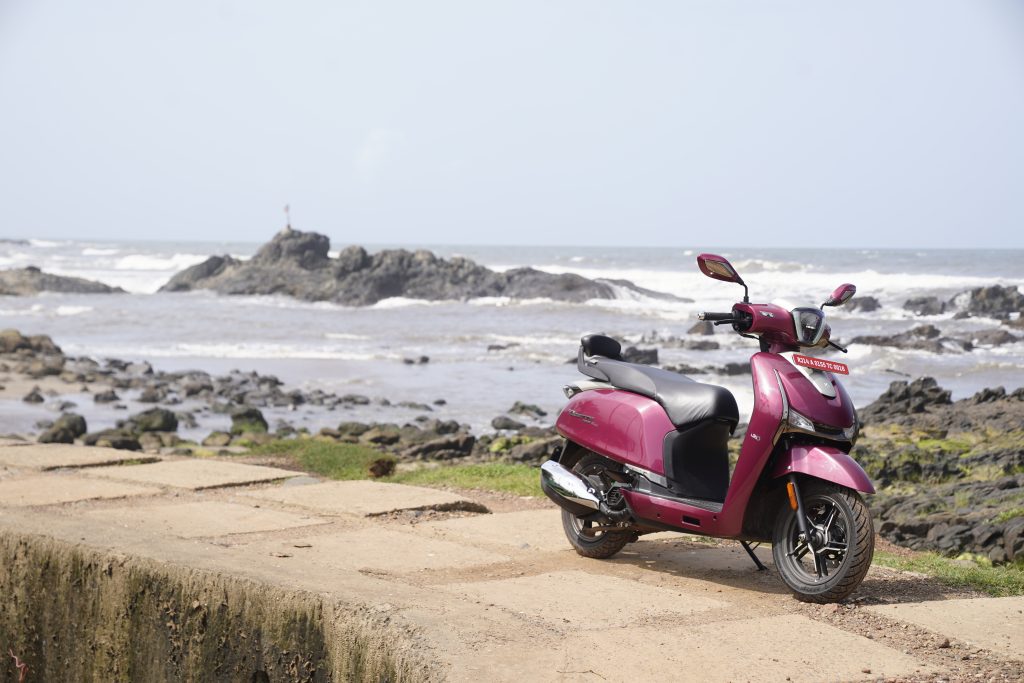
The Hero Destini 125 gets a host of updates and it aims to make its mark in the 125-cc scooter segment. We hopped on it and took it for a spin all around Vagator, Goa
Story: Charan Karthik
Photography: Sanjay Raikar
I read a quote online that said, “Our destiny is not written for us, but by us”. What does that exactly have to do with the scooter? Well, absolutely nothing; I just wanted to take the opportunity to make full use of that name.
The Destini 125 is the latest drop from the Indian two-wheeler giant, Hero MotoCorp. Back in 2018, it was Hero’s first 125-cc scooter, one that granted them entry into the hotly contested segment. Well, after half a decade, a new version has finally popped out.
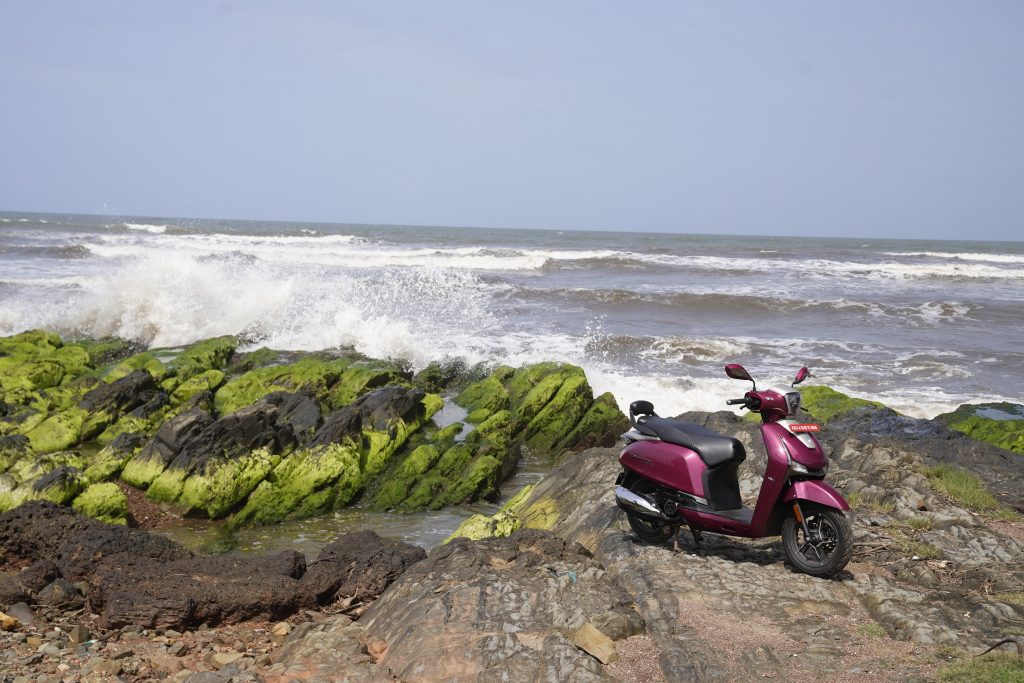
The first thing that struck me about the Destini was its name. I mulled over my story’s title for hours and I am certain I won’t ever be satisfied with my decision. The Destini’s design is nothing extraordinary, the chunky chrome garnish makes its departure and the horizontally designed chrome garnish keeps things crisp and tidy at the front. The chrome garnish acts as a bridge between the halogen blinkers. Hero call them “winkers”. We’d like to agree, because it sounds funky, right? The winkers are the only halogen bulbs on the exterior since the headlamps and the tail-lamps are both LED units. Our scooter was in the Mystique Magenta colour and it sparkled under the sun. The rest of the colours on offer are also just perfect.
While mentioning visuals, the rear gets sort of a duck-tail treatment where there are two steps protruding. Seems to me the designers at Hero just pulled the tail-lamps from the older Destini outwards and added another similar extension down below. The first protrusion has the fuel filler lid on top and blinkers on the sides with a chrome strip running in between. Below that is the other protrusion with the LED tail-lamps. I am still on the fence about how it looks, but suffice to say that it is function over form.
Being classified as a family scooter, the seating position is comfortable and the seat offers ample space for you to move around even with a pillion rider and a backpack. The seat cushion is also quite comfortable. The knee-room is great, not once did I find myself grazing the edges of the panels. The footboard could have been extended a little further but it was not a deal-breaker.
After thumbing the starter, the Destini turned on and purred silently. The 125-cc single-cylinder makes 9.1 hp and 10.4 Nm of torque and is coupled to a continuously variable transmission (CVT). The engine has a relaxed, laid-back characteristic to it, much like Goan people in their floral shirts on the beach. If you have a heavy wrist, the Destini will feel lethargic while picking up speed but it is good at a linear and rather gradual increase in pace. I hit 95 km/h as indicated on the negative LCD instrument cluster before I ran out of road. The scooter stays in place well and planted, the 12-inch wheels at the front and rear contributing to the stability at higher speeds. Even at lower speeds, the it handles satisfactorily. I particularly loved the extent to which the handlebar turned, making U-turns a breeze in tight spots.
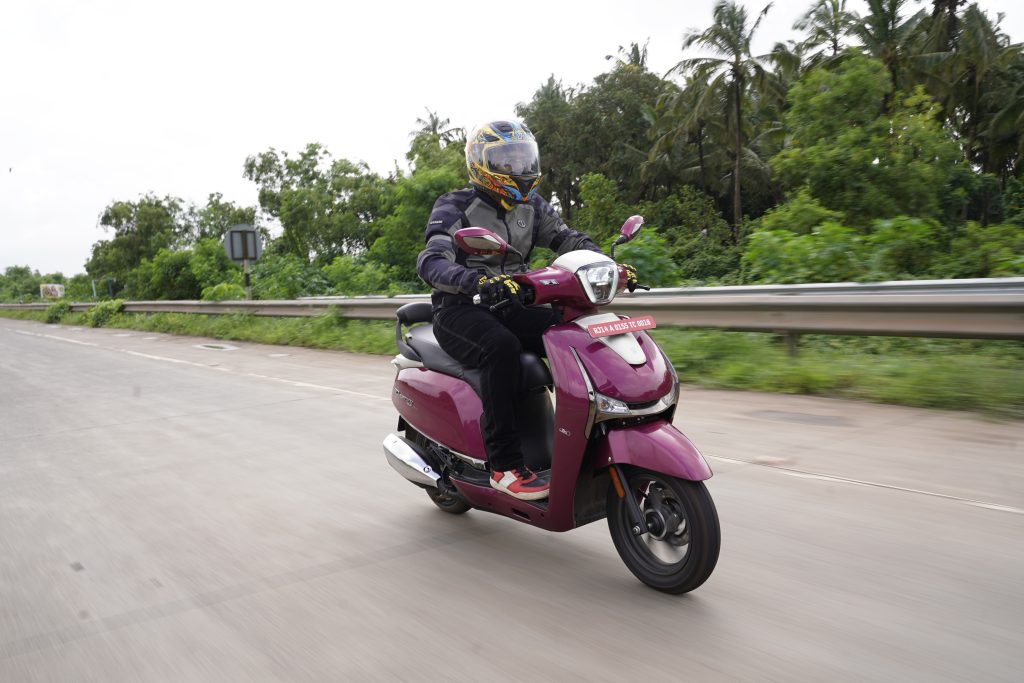
The ride is on the softer side and it gobbles up undulations happily as you throw them, with just a small clatter coming from under the instrument cluster. It’s not a scooter you throw into the corners, though, as its 115-kilogram weight is felt and the tyres seem to be unsure at times. Braking is commendable. The bite from the disc at the front is generous and the feedback is felt. The ZX+ (top) and the ZX (mid) both get disc brakes at the front while the VX (base) gets a drum. The base variant also misses out on Bluetooth connectivity, turn-by-turn navigation, auto-cancelling blinkers, an illuminated start/stop switch, and a pillion backrest, all of which are available on the ZX+ and the ZX. The base VX also gets an analogue cluster, which looks beautiful. If I was given the choice, I wouldn’t mind choosing the VX over the rest just for its analogue cluster. The switchgear is not up to the mark and the blinker switch feels a bit off. I had to glance to know if it was actuated or not. The rest of the switches, too, were not up to the mark.
Hero claim the Destini 125 has a fuel efficiency of 59 kilometres per litre. This is aided by the i3s feature, one that automatically starts and stops the scooter during idle time, thus reducing fuel consumption. It worked flawlessly, although a detailed road test should reveal the exact fuel consumption figure.
As of now, the prices for the three different variants have not been disclosed, but we expect them to range from Rs 75,000 to Rs 90,000, ex-showroom. It is a direct rival of the Honda Activa 125 and the TVS Jupiter 125, both of which are capable and refined when compared to the Hero. But the Hero is no slouch either. Other than the quality levels of minor components being on the lower side, there aren’t any fundamental issues with the scooter and, for a buyer, it is just a matter of time before getting used to it.
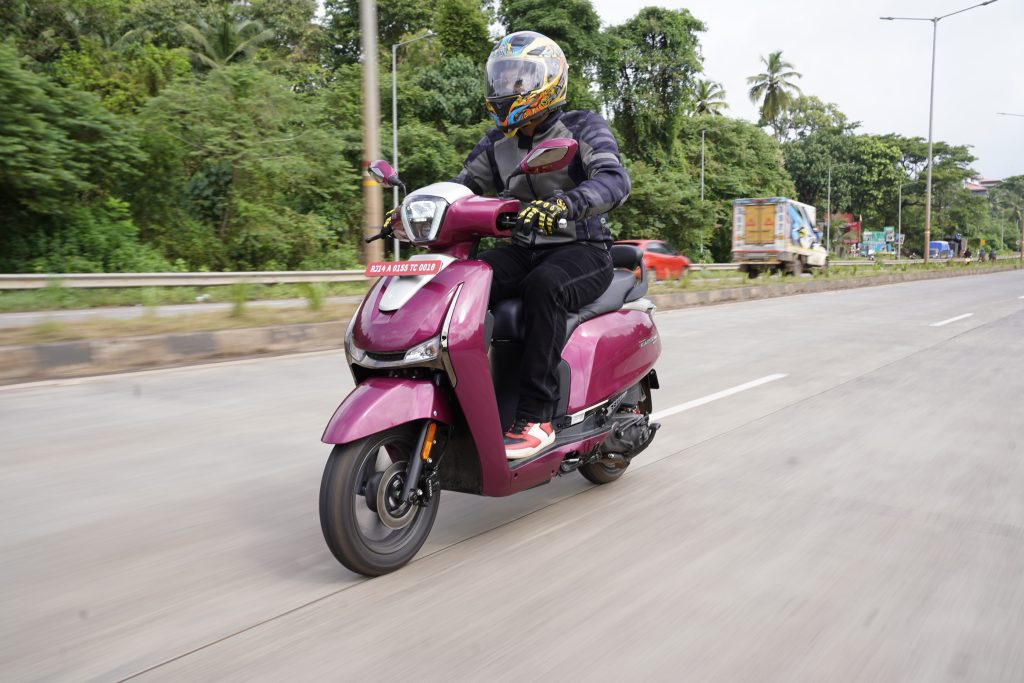
The Hero Destini 125 perfectly fits the bill for a person who is looking for a spacious, frugal, modern, and metal-bodied scooter. It isn’t so bad to live with suddenly, is it?

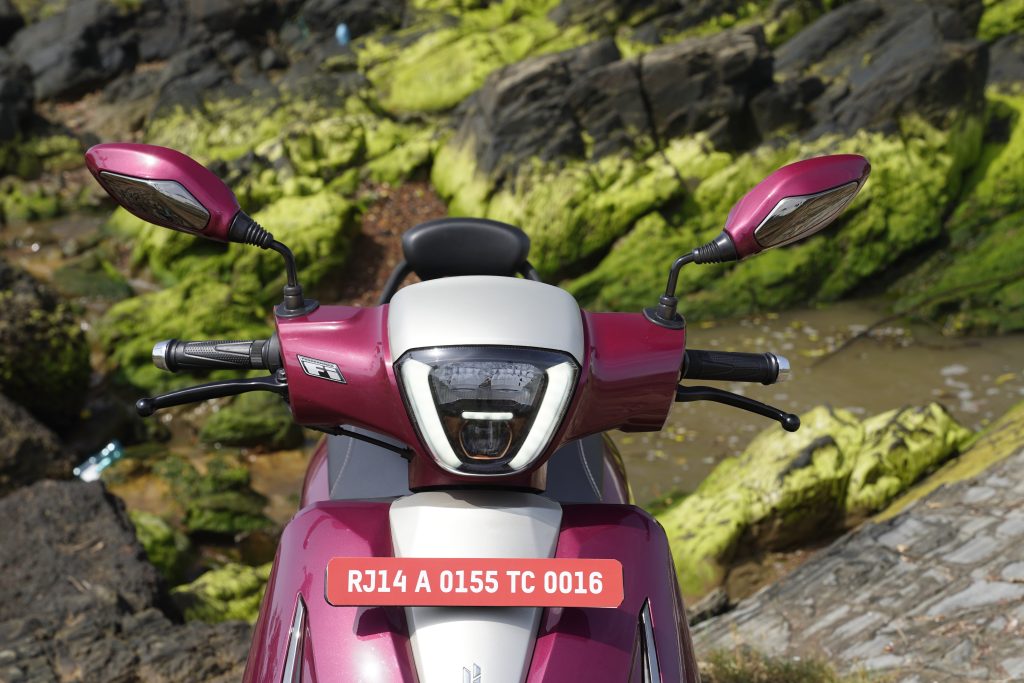
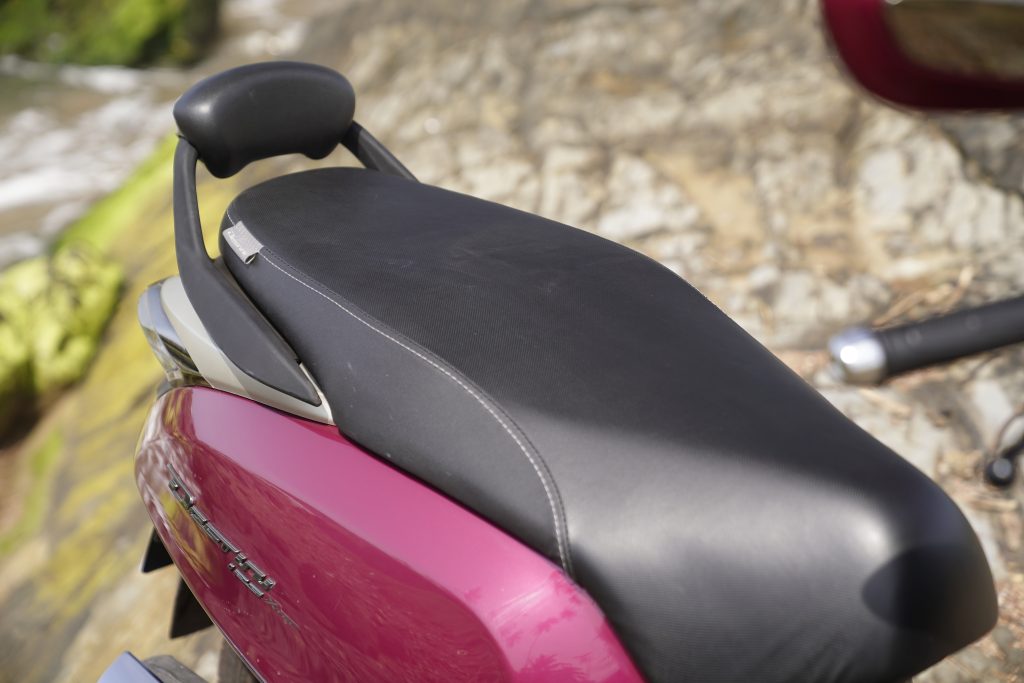
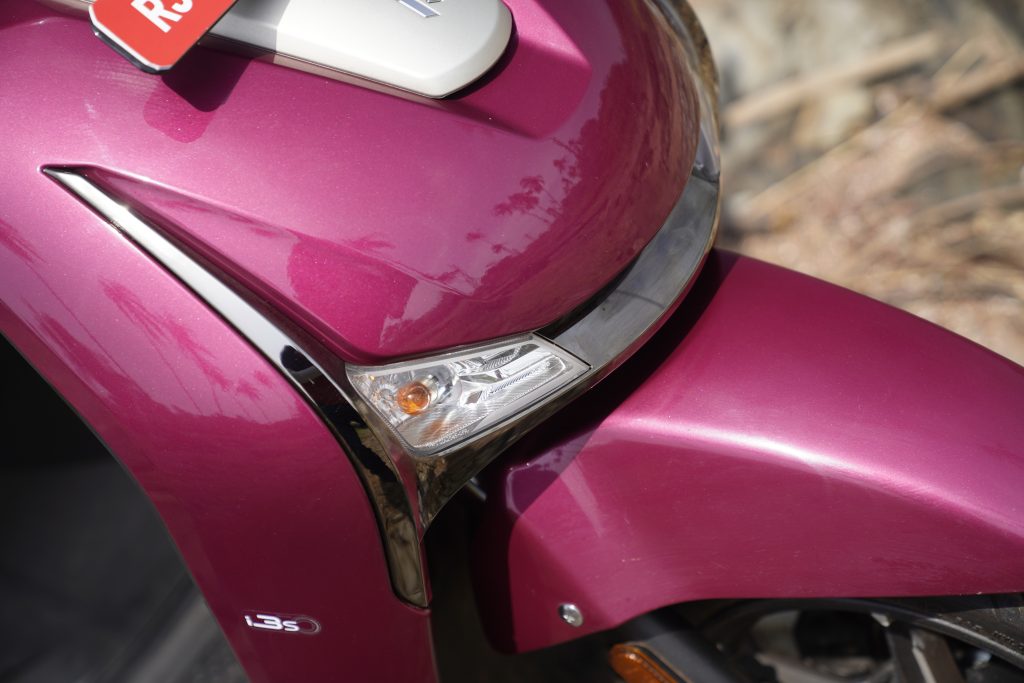
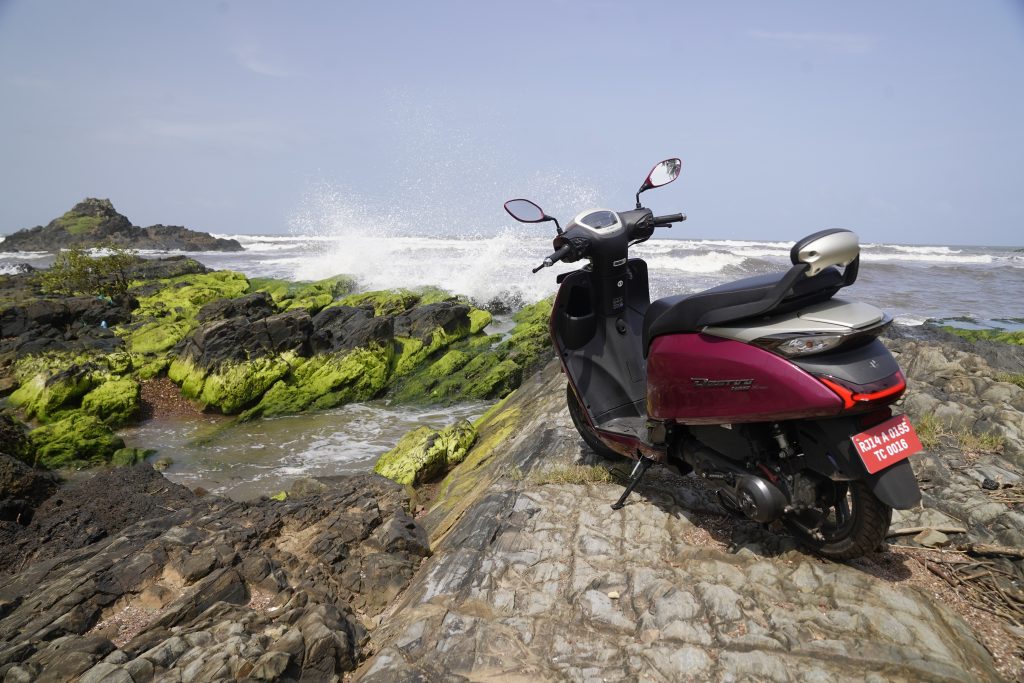
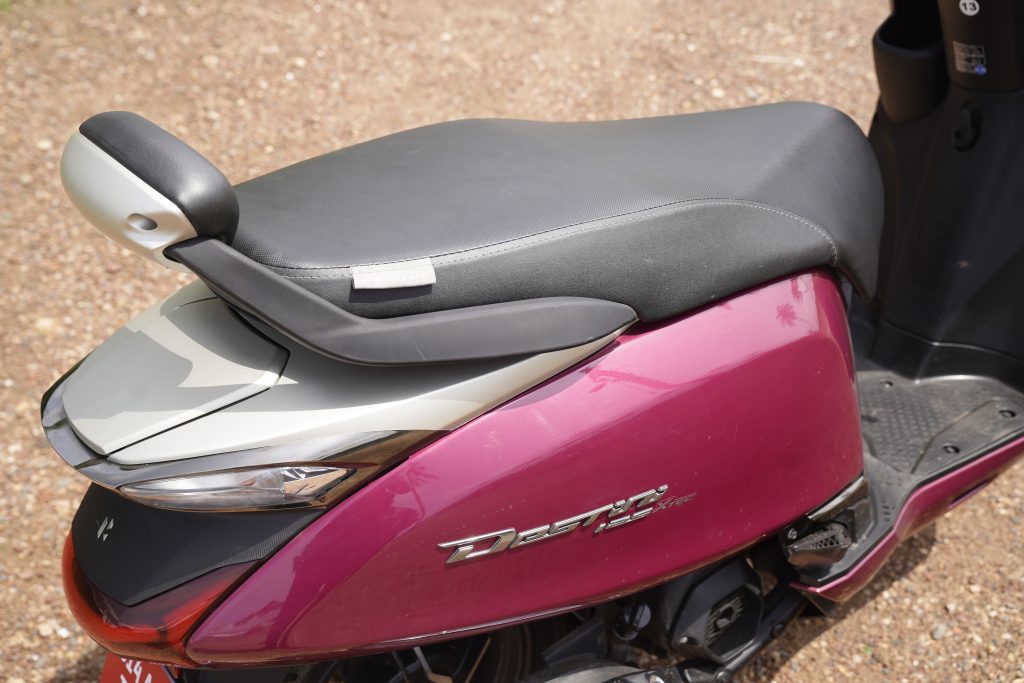
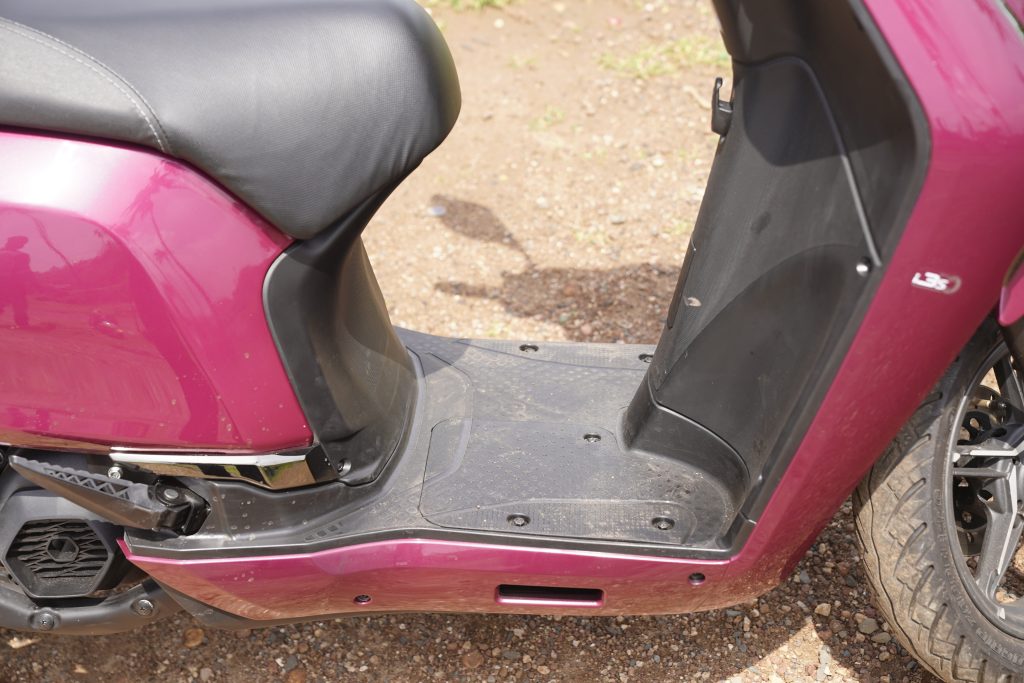
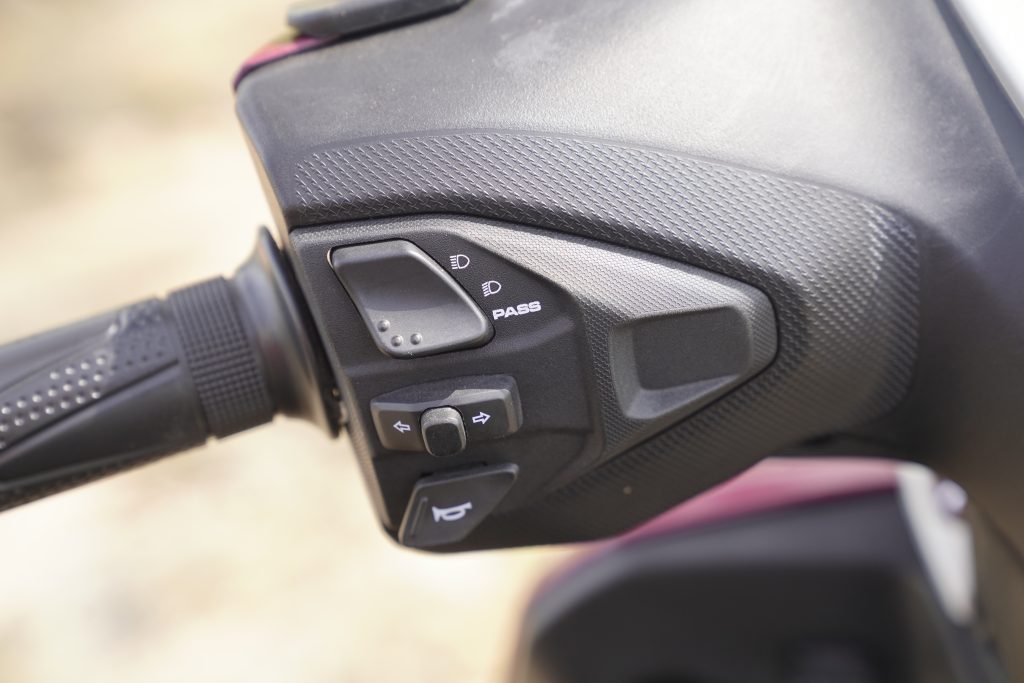
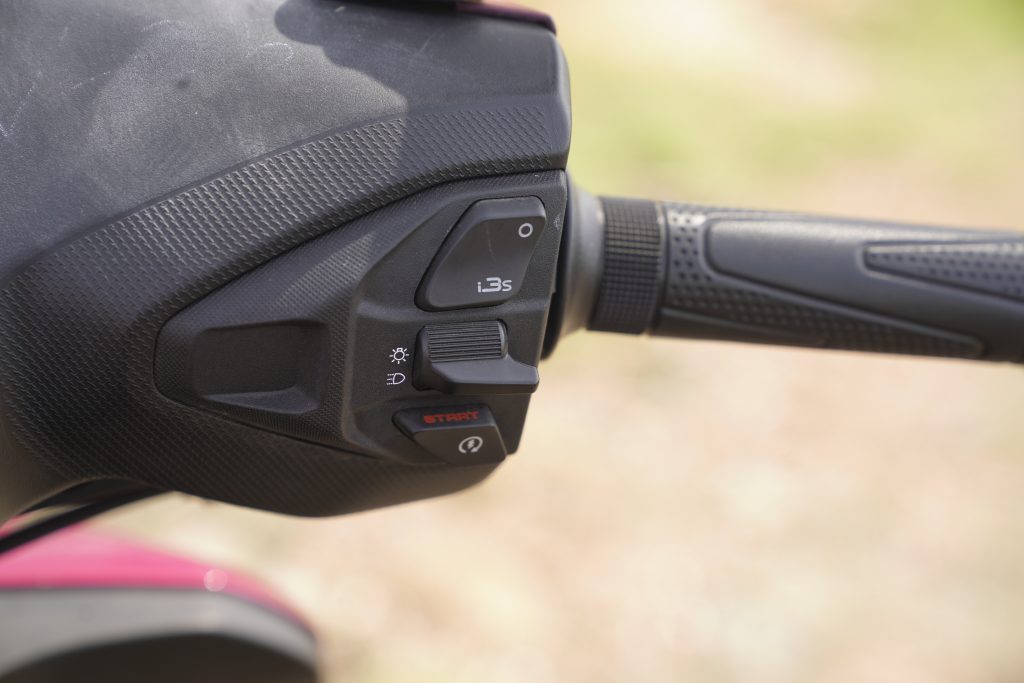
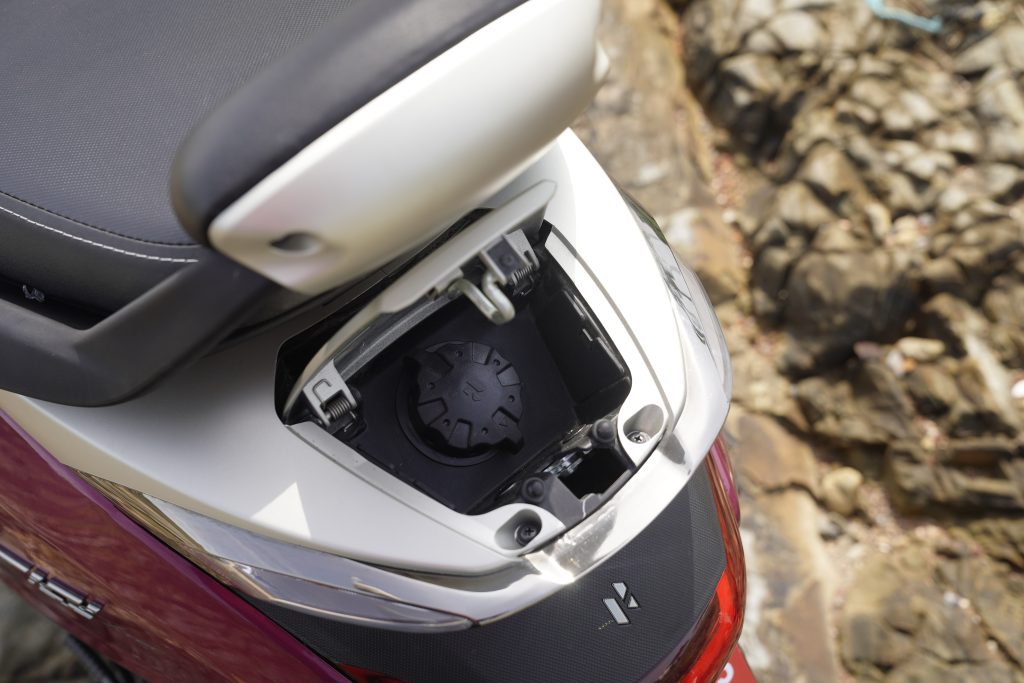
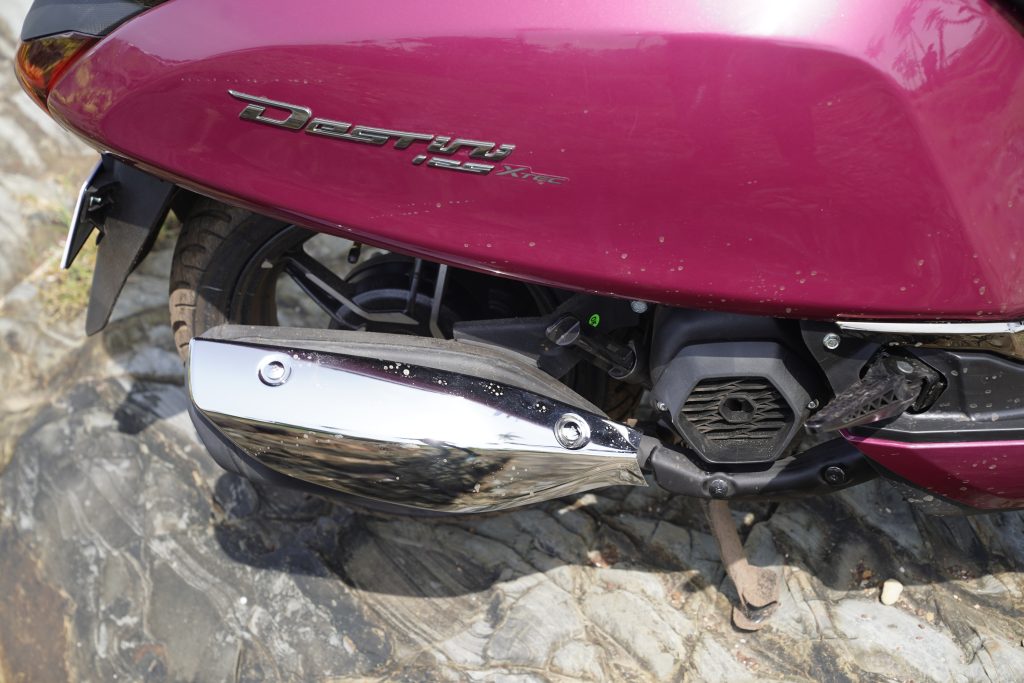

Leave a Reply